天守 (tenshu) is the Japanese word for a castle tower. There are only 12 original tenshu left in Japan. I visited them all over a couple of years and made some simple videos. You can find a map of the 12 and a little more information on this page.
Marugame can be found in the modern prefecture of Kagawa, on the island of Shikoku. This area was once known as Sanuki province, and the name lives on in various forms, chief amongst which might be the most popular noodles round these parts, sanuki udon.
You’ll also find sanuki used to describe a local landmark, Mount Iino, visible in the video above – a 450 metre high hill that’s (kind of, vaguely, almost – if you squint) the same shape as Fuji. So the locals call it Sanuki Fuji, obviously.
Apart from these sanuki related claims to fame, Marugame is also well-known for producing most of Japan’s uchiwa, a traditional type of fan that doesn’t fold up, and more closely resembles a table tennis paddles than a semi-circle.
But we’re here for the castle, which rests atop a man-made mountain rising up from the plain below, a creation that not only puts it 50 metres above the town, but also which affords the castle one of its nicknames: ‘turtle castle’. There’s a claim on wikipedia that it is the highest such castle in Japan – mind you, there’s also a “citation needed” after that statement.
I’ll have to agree with the need for a citation there: I’ve been to Bitchu Matsuyama, and it’s a lot higher up than 50 metres. On the other hand, that’s a naturally occurring mountain, so if you want to split some hairs, it’s possible Marugame might win on the artificiality technicality.
Whatever the status of the castle’s elevation, it is true that the castle has the tallest manmade walls in Japan, so perhaps that’s what the claimant on wikipedia was getting at. After all, they’re the equivalent height of a modern day 20 storey building, all assembled by human labour and they’ve lasted 400 years, pretty much – a typhoon a few years back did take a good crack at part of the walls but they were restored and you’d hardly even notice.
The castle has had quite a history of destruction and renovation. After being gifted to Ikoma Kazamasa by his dad, it had a lot of upgrades – which didn’t protect it from the decree that each province was only allowed one castle, so down it went. A newer version was built in 1641 atop the ruins, a construction that would last until the middle of the 19th century when a fire wiped out most of the complex. Along came the Imperial government in 1870 to finish up on that destruction, although the keep survived, slightly the worse for wear.
The keep was restored in 1950, when castles were starting to become fashionable again. It turns out to be probably one of the smallest castles out of the 12. (Possibly a little bigger than Bitchu-Matsuyama.)
While the keep isn’t terrifically exciting, the views are fantastic. Marugame is on the northern coast, so you get a great look at the pillars of the Seto Great Bridge which links Shikoku, through a series of smaller islands, to Honshu across the bay. In the opposite direction you can see the aforementioned pudding bowl Fuji-esque Mount Iino and the rest of Shikoku stretching away to the south, where, here and there, other peaks rise up in the distance. Some of which may also be local “Fujis.”
More images in the gallery below:
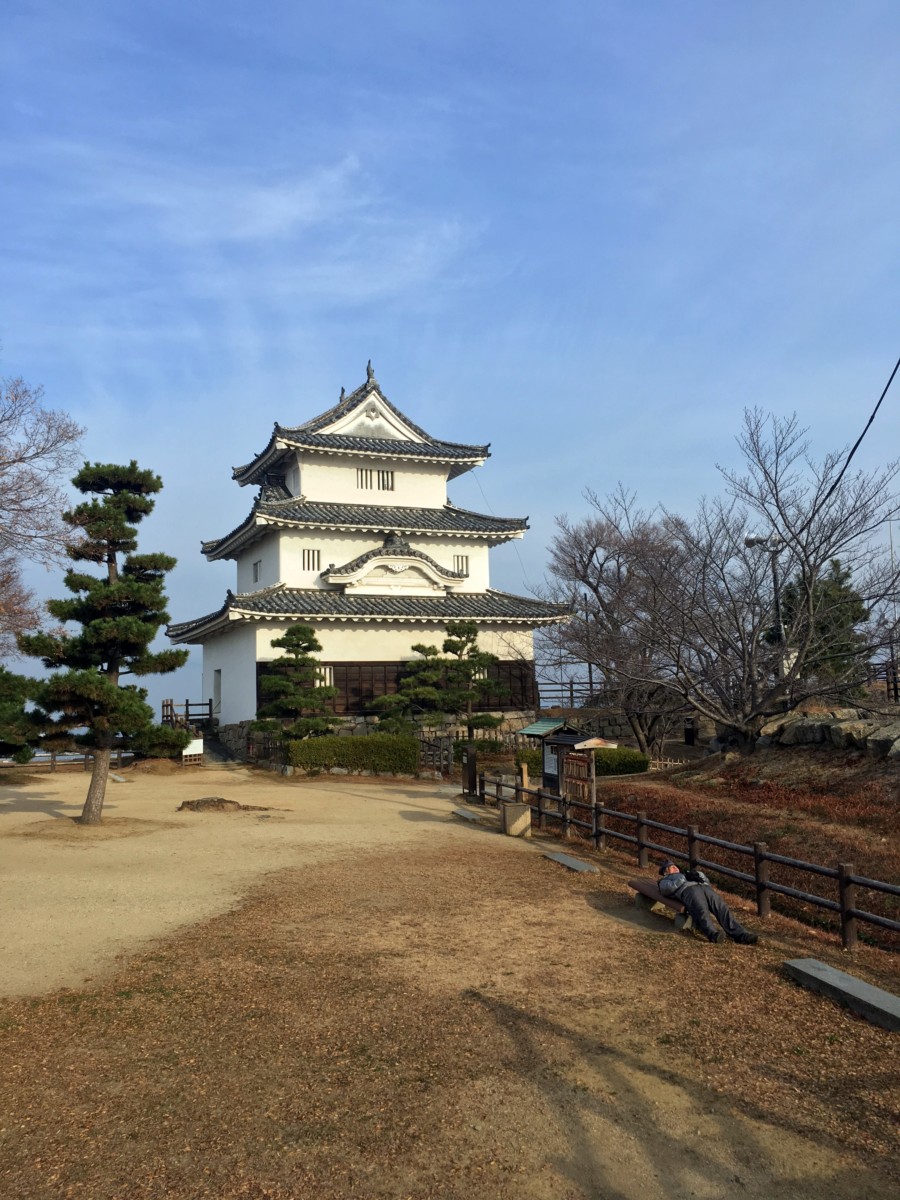


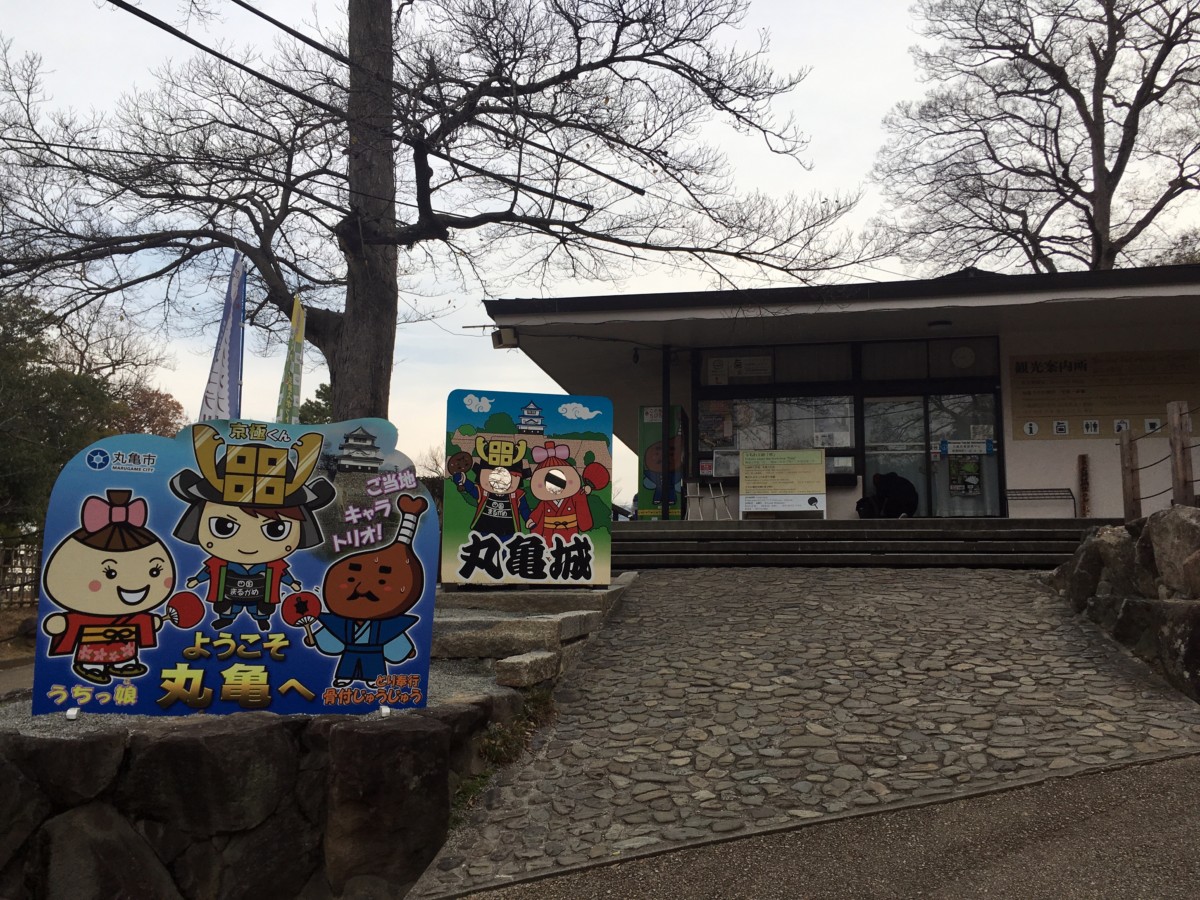

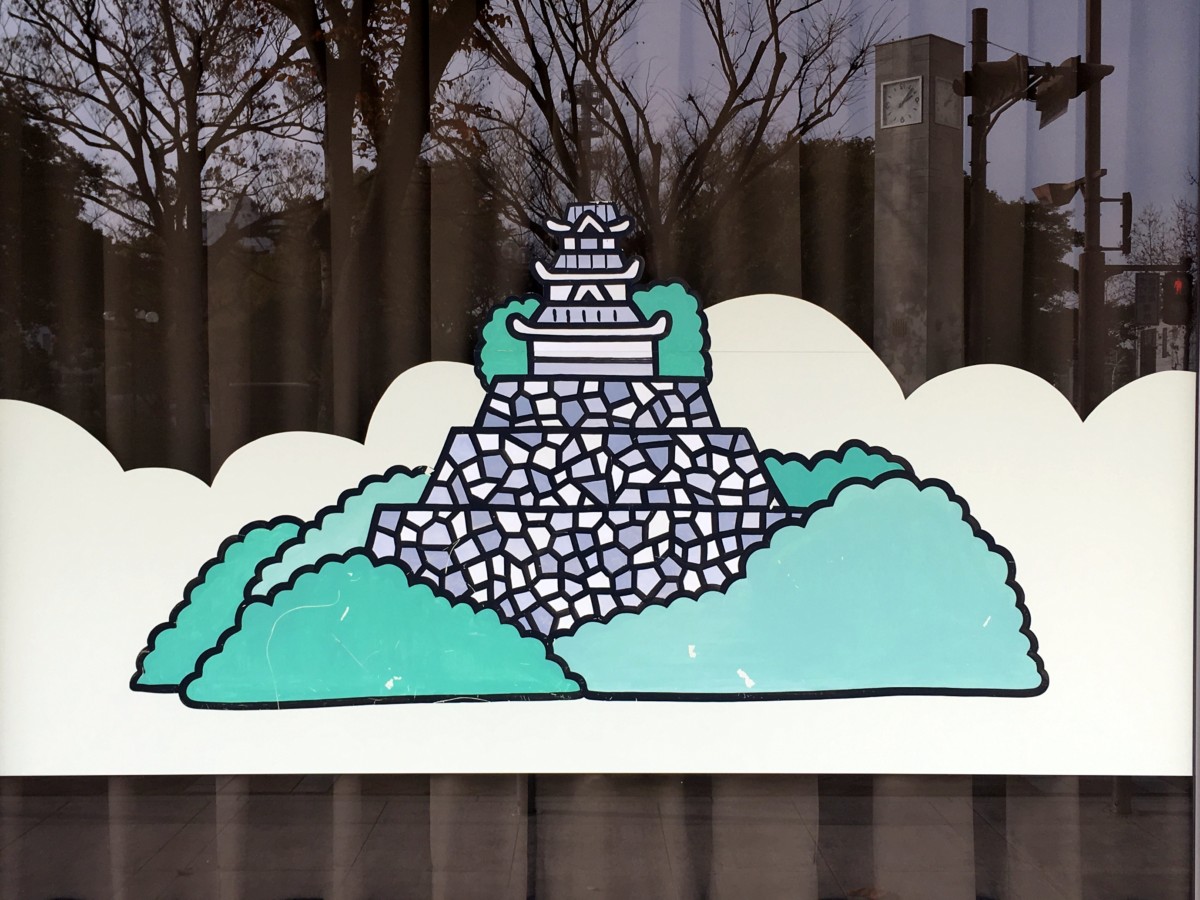



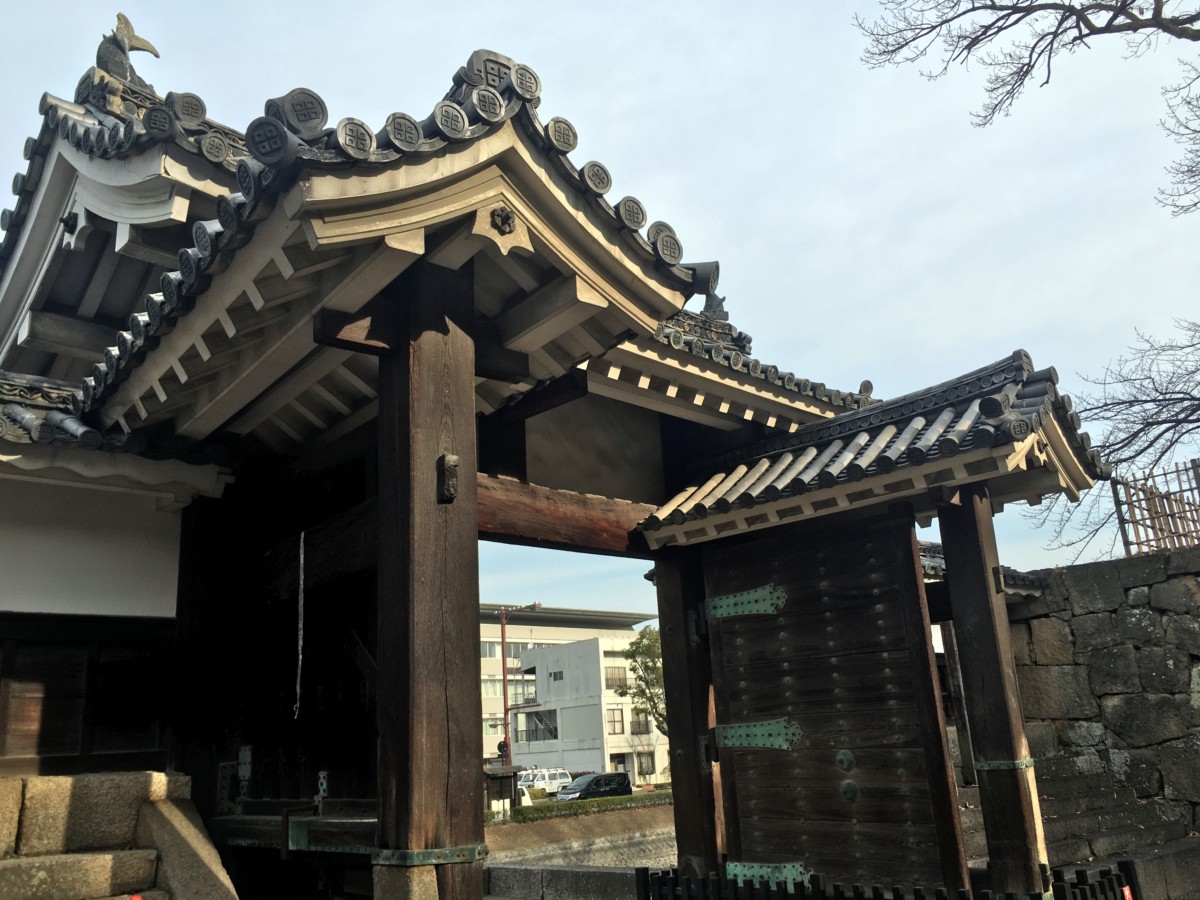

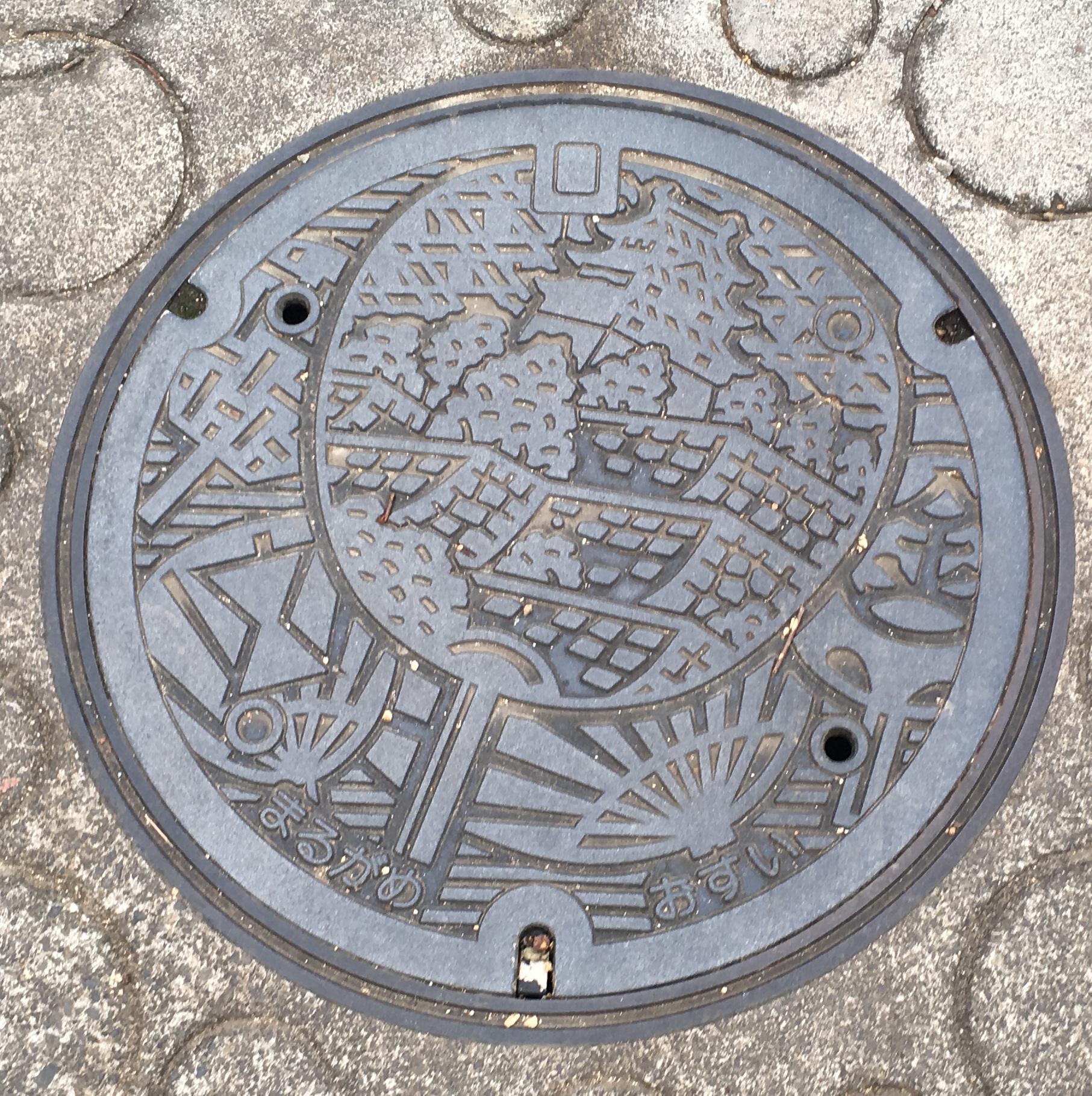
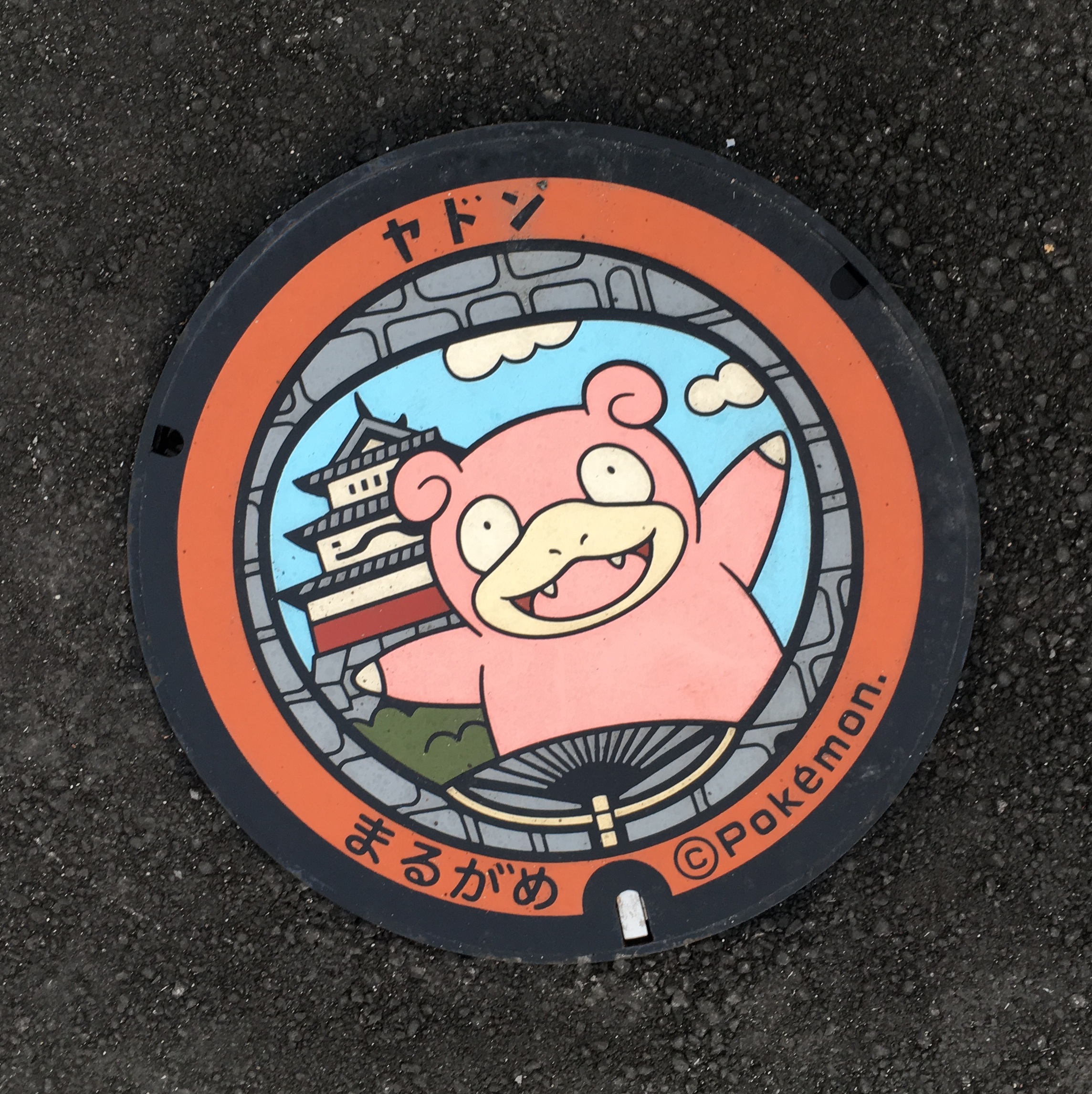
Leave a comment